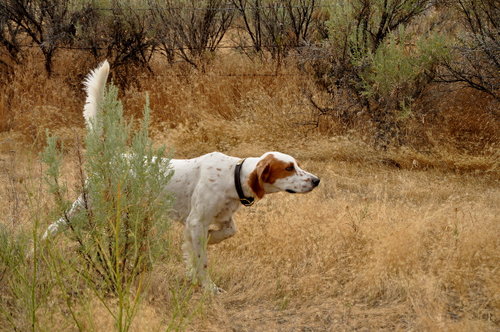We often have photo contests and other ideas here on Hunt Talk. We see the entire spectrum of image quality, in terms of composition and quality. I asked the guys to put together a video of what they think are five quick tips that will make for better hunting images, not just trophy shots.
Michael, our new WPA is very handy with the still camera, so he got elected to be the lead on this video. I asked that it be designed for folks like me, not pros like him. That simplification can create a challenge for people who are far down the path on the technical aspects of this.
There are some great photographers here on Hunt Talk. I hope some of those experienced guys will chime in to help the rest of us up our game on story telling with photos.
[video=youtube_share;BfJzXAH_aCg]https://youtu.be/BfJzXAH_aCg[/video]
Today they are out working on a video of how your smart phone camera can be a very powerful story telling tool. After all, hunters are mankind's original story tellers, dating back to petroglyphs, to stories painted on bison hides, to Remington and Russell, to where we are today.
Michael, our new WPA is very handy with the still camera, so he got elected to be the lead on this video. I asked that it be designed for folks like me, not pros like him. That simplification can create a challenge for people who are far down the path on the technical aspects of this.
There are some great photographers here on Hunt Talk. I hope some of those experienced guys will chime in to help the rest of us up our game on story telling with photos.
[video=youtube_share;BfJzXAH_aCg]https://youtu.be/BfJzXAH_aCg[/video]
Today they are out working on a video of how your smart phone camera can be a very powerful story telling tool. After all, hunters are mankind's original story tellers, dating back to petroglyphs, to stories painted on bison hides, to Remington and Russell, to where we are today.





